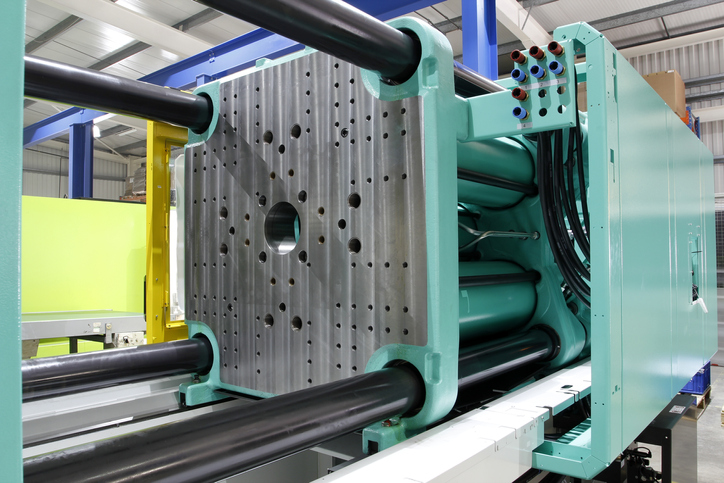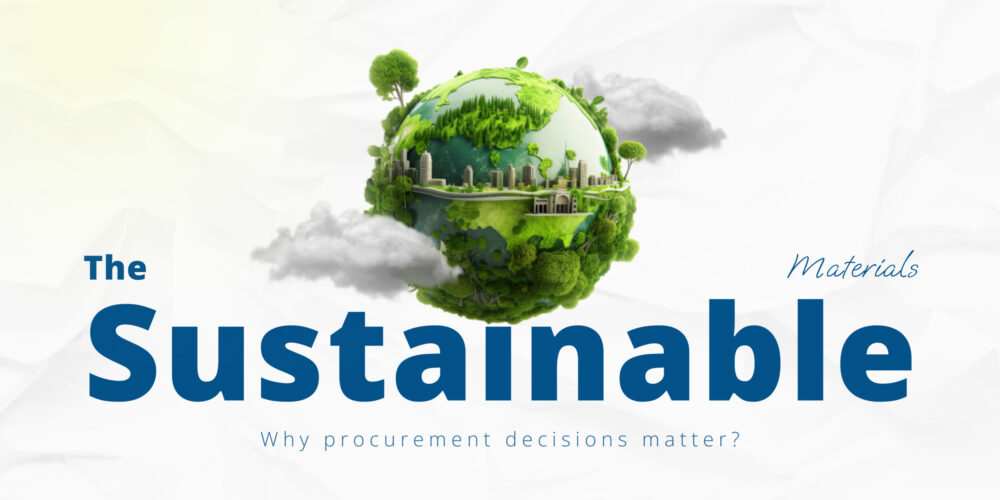A new wave of tariffs is reshaping how American manufacturers think…

Injection Molding Tonnage and Clamping Considerations
Using the appropriate force and machinery is critical for ensuring defect-free parts.
Injection molding tonnage is just one aspect of a complex system that relies on multiple, interacting factors. The relationship of all the factors in injection molding impact the performance, cost, and quality of the finished part.
While all the related factors affect the finished product, calculating the injection molding tonnage needed for the manufacturing of a particular part is an essential element of the whole process. Also known as the clamping force, this component determines the size and strength of the injection molding machine needed to ensure a finished product is free of easily avoidable defects.
Tonnage typically refers to the maximum clamping force of an injection molding machine. It’s the measure of force required to keep the tool closed during the injection process. Injection molding machines are classified based on tonnage, or the clamping force, and run in sizes ranging from less than five tons of clamping force to machines exuding more than 4,000 tons of force. The higher the injection molding tonnage rating, the larger the machine.
Want to Level Up Your Plastic Injection Molding Production?: See how Deluxe Plastics can enhance your products. Contact us today to get started.
Putting the Injection Molding Tonnage Formula Together
Determining the recommended tonnage needed for a specific part — and thus the size of the machine needed — is done by calculating the tonnage required. First, calculate the square inch area of the cavity by multiplying the length by the width. With the surface area determined, multiply it by a tonnage factor supplied by the material supplier in tons per square inch. Typical tonnage factors range from 2 to 8. Lastly, a safety factor of 10-15 percent should be added.
For example: With a 6” by 6” part, the surface area is 36 square inches. The material calls for a tonnage factor of 4; so, 36 X 4 equals 144. Add in a 10% safety factor, and the final clamping force required would be 158.4 tons. Therefore, a machine rated for an injection molding tonnage of 160 tons would be needed.
This is merely a simplified example. An accurate determination of tonnage, and a variety of injection molding machines to meet varying levels, is essential to make the most of the manufacturing process. This is why working with an experienced injection molder is critical to producing complex, high quality plastic components.
Double Up with Deluxe: From injection molding to part design to mold building and more, Deluxe Plastics has the services you need to ensure your next project is a success.
The Impact of Improper Injection Molding Tonnage
With the demand for plastic injection molding parts and components continuing to increase — the market is anticipating a compound annual growth rate of 4.8% through 2030 — the need for efficiency is essential for manufacturers. Failing to account for injection molding tonnage, either through calculation or through a lack of machines of different clamping force capabilities, will lead to production issues, waste, and increased costs.
Selecting the injection molding machine with the correct clamping force (or tonnage) sets a strong foundation for the entire process. Using a machine with either too much clamping force, or not enough, allows a host of potential problems to enter the equation.
Not enough tonnage?
With insufficient injection molding tonnage, finished parts will have frustratingly high levels of inconsistency. Without the necessary force, parts will have varying levels of weight, too much flash, size variation, poor surface finishes, and variability in wall sections. Besides the difficulty in producing consistent, high-quality parts, using substandard clamping force leads to excessive wear and tear on both the injection molding machine and related molds.
Too much force?
Why not simply use the biggest, strongest machine for all injection molding needs? Well, applying too much clamping force in injection molding leads to its own host of issues. Too much pressure leads to defects on the finished parts, including short shots, gloss level changes, and burns.
In addition, using too much tonnage breaks down both the machinery and the mold in many ways. Replacing or repairing either is a major expense that should be avoided. Some of the problems caused by using too much force include:
- Broken inserts
- Cracked core or cavity block
- Cracked mounting plates
- Deformed platens
- Fractured machine frames
Go with the (Mold-)Flow
Earlier, we described how to calculate injection molding tonnage. For a more exact calculation, and to ensure avoidance of over or under tonnage usage, mold-flow analysis is recommended. Mold-flow analysis is an examination of how the resin should flow through the mold, based on computer simulation that provides a prediction of how the mold will perform during production.
Using such analysis takes the guesswork out of calculating the needed clamp force, and aids in determining the impact of other production variables — such as the number of gates used (more gates equal lower tonnage requirements) and flow length (longer lengths need more tonnage). Mold-flow analysis early in the design process can address many issues and lead to best practices (such as the best gating scheme to use) for deploying the mold.
Ready to Mold?: Ready to see how Deluxe Plastics can elevate your plastic injection molding production? Get a quote on your next project here.
Deluxe Plastics Delivers Expertise in Injection Molding Tonnage
Since our inception in 1928, Deluxe Plastics has strived to deliver superior service and products to all of our customers. With a robust quality management system, ISO 9001:2015 certification, and more, we are the high-performance injection molding partner you need in a variety of industries, including the commercial, industrial, appliance, and hygiene markets.
We understand the need for precision in injection molding and have the equipment capabilities to make sure the injection molding tonnage needed matches specifically to your application. We have 55 injection molding machines, ranging from 20 to 900 tons; This allows us to precisely match the tonnage needed for a part to the injection molding machine most appropriate for the clamping force required. With a properly selected plastic injection molding machine, we consistently produce quality parts and keep costs low.



